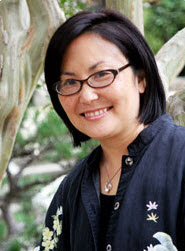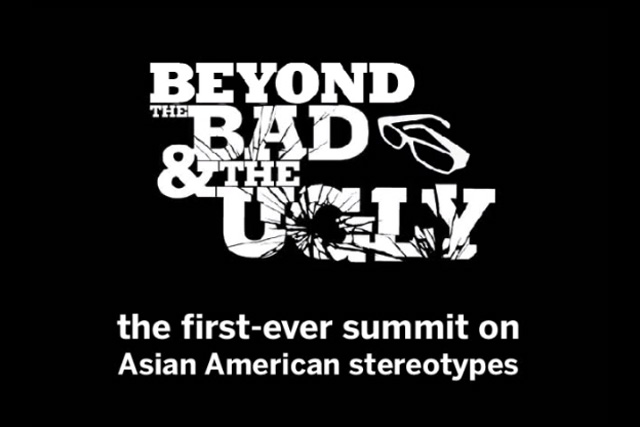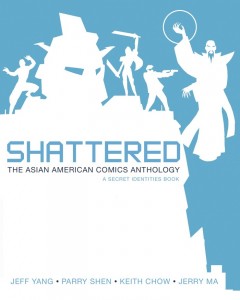Wow, seriously? Who came up with this brilliant idea? Then who worked on it and who the hell approved it?
Search Nikkei View
-
Popular Posts
- Jeremy Lin’s rise sparks national discussion on race and racial issues, not just over Asian Americans
- A pronunciation guide for Japanese words including “panko,” “udon,” “sake,” “anime” and “karaoke”
- A Chinese tiger mom explains why being a hard-ass Asian parent is better for your kids than Western coddling
- About Gil Asakawa’s Nikkeiview
- Korea’s obsession with plastic surgery is creating a generation of clone-looking young people
- V3con opening night will feature singer-songwriter Connie Lim
- Gil’s Social Media
- Pop culture including J-pop builds bridges between Japan and the US
DON’T BE BAKA — BUY THIS!

"Being Japanese American REVISED EDITION"
by Gil Asakawa
NOW AVAILABLE : THE REVISED EDITION OF "BEING JAPANESE AMERICAN" IS AVAILABLE IN PAPERBACK AND FOR KINDLE!It;s also available for the Barnes & Noble Nook reader and in the iBooks store for Apple's iOS devices!
Read Nikkeiview columns going back to 1998, and read about Gil here.
E-mail: gilasakawa (at) gmail (dot) com






AARP’s AAPI Facebook Page
Recent Posts
- This is the OLD version of Nikkei View
- NHK is your direct line to Japanese news
- George Takei is the Energizer Bunny of the JA community
- ‘The Little Exile’ is a terrific addition to the JA reading list
- On writing about the JA community
- Vincent Chin’s murder 35 years ago galvanized a pan-Asian movement
- Why do people still hold hateful feelings for Japan from WWII?
- Don’t give up on civil discussions on social media
ARCHIVES
LATEST TWEETS
Pages
SECTIONS
- aarp (7)
- arts (19)
- asia (1)
- asian american (509)
- business (4)
- film (4)
- food & dining (84)
- history (75)
- japan & asia (150)
- japanese american (18)
- media (65)
- music (92)
- news (13)
- places (94)
- politics (28)
- pop culture (127)
- race (65)
WHAT’S YOUR KRED SCORE?
GET NIKKEIVIEW VIA EMAIL:
GET NIKKEIVIEW BY RSS:
-









